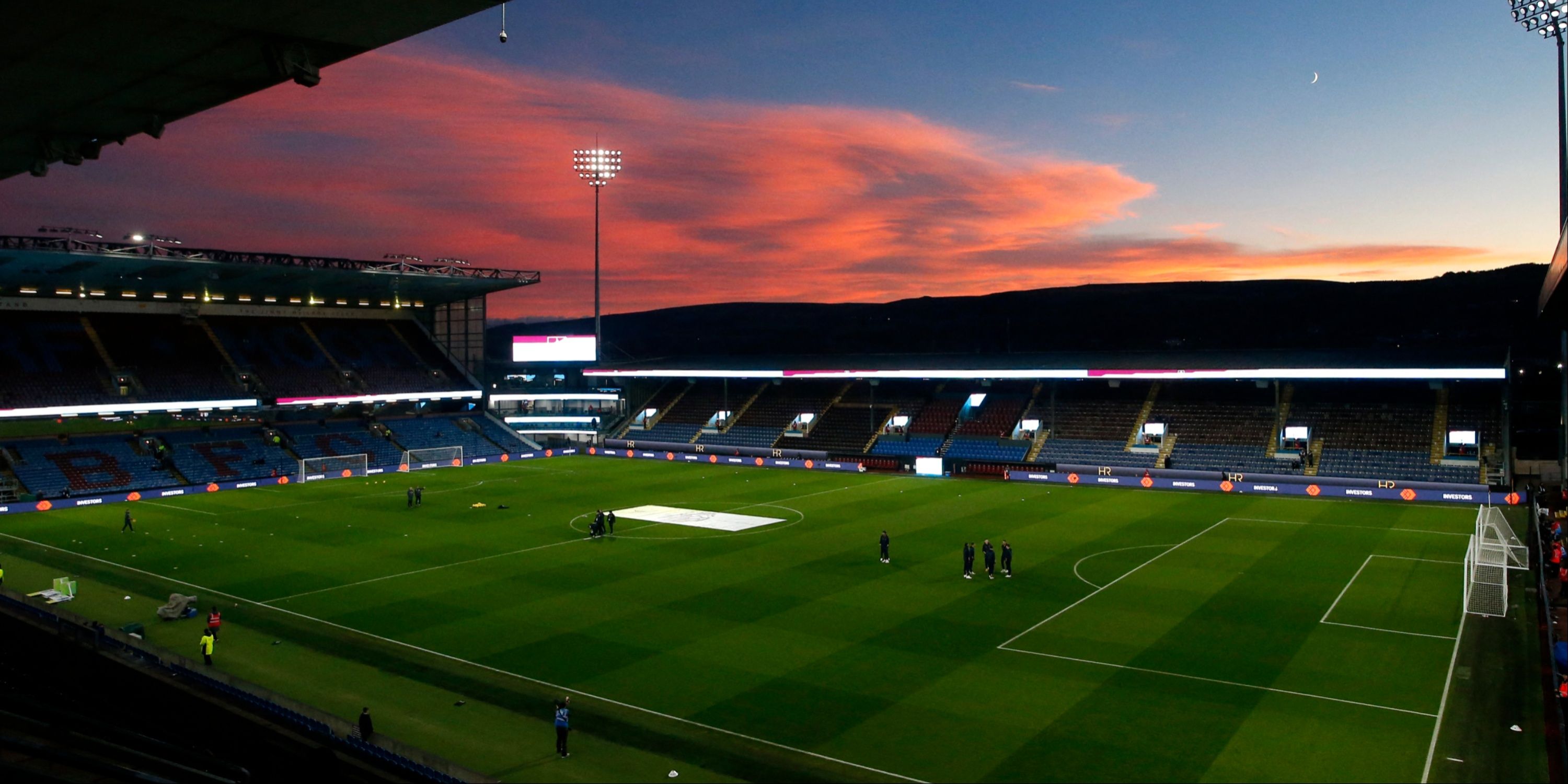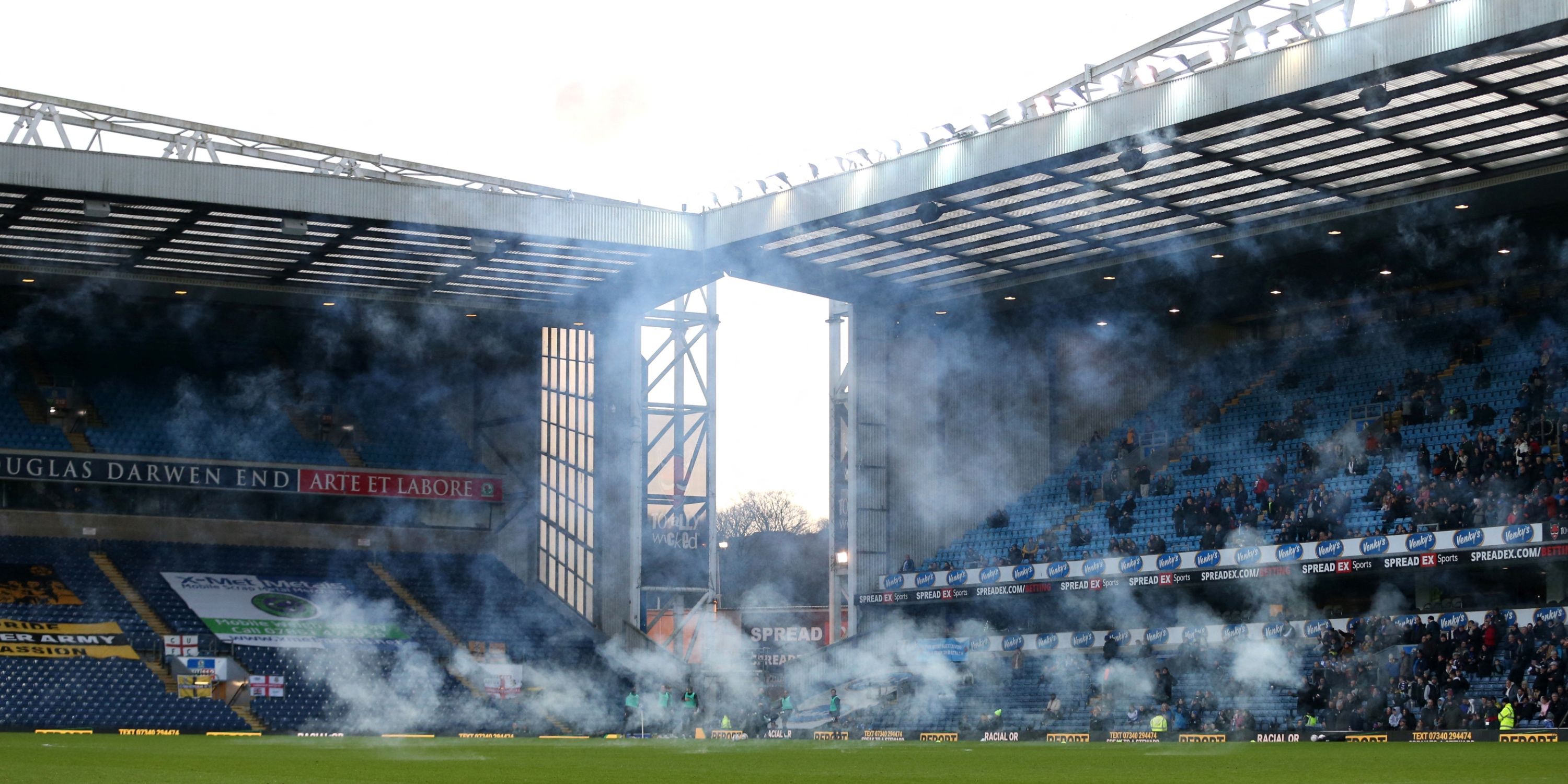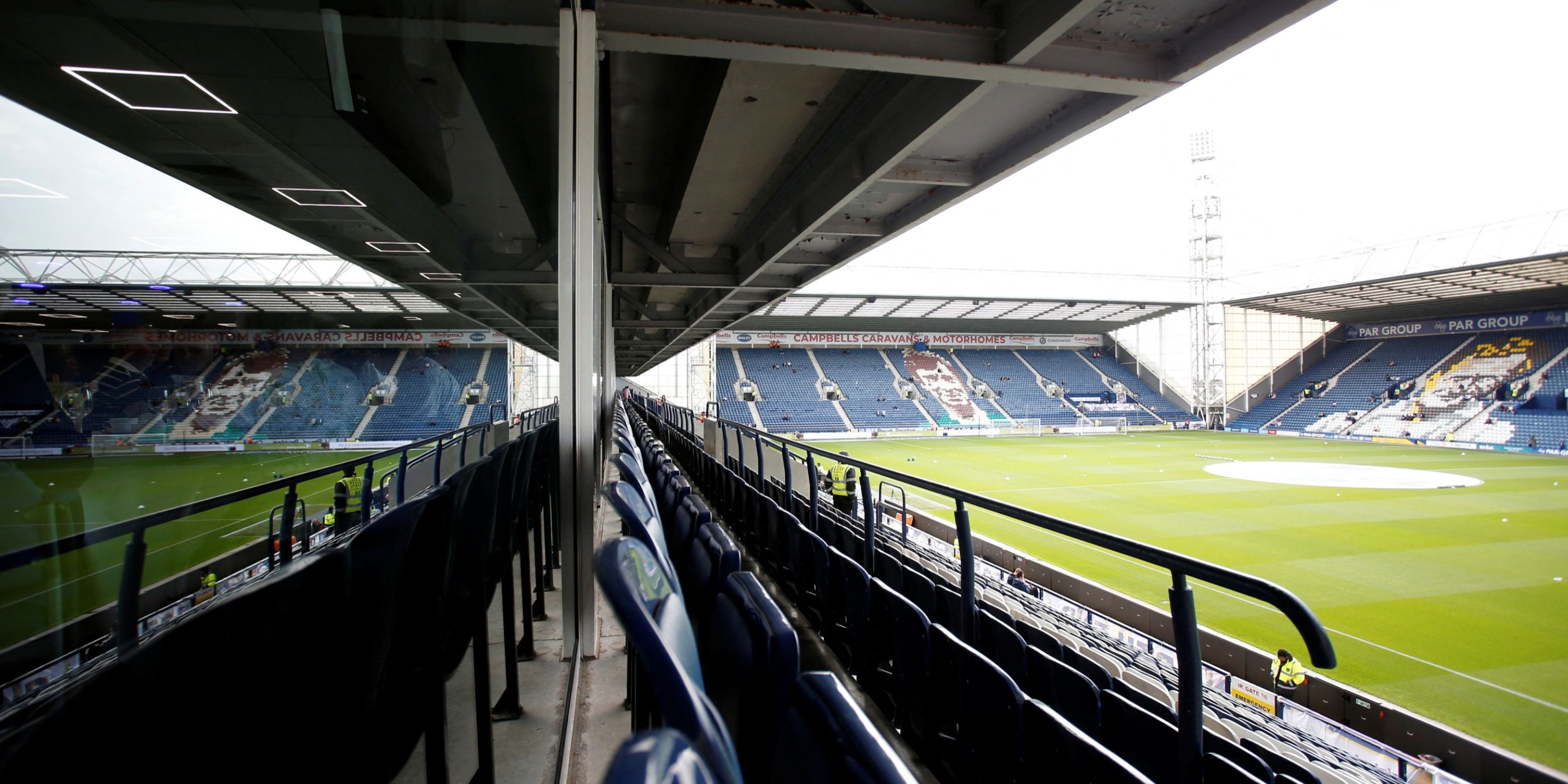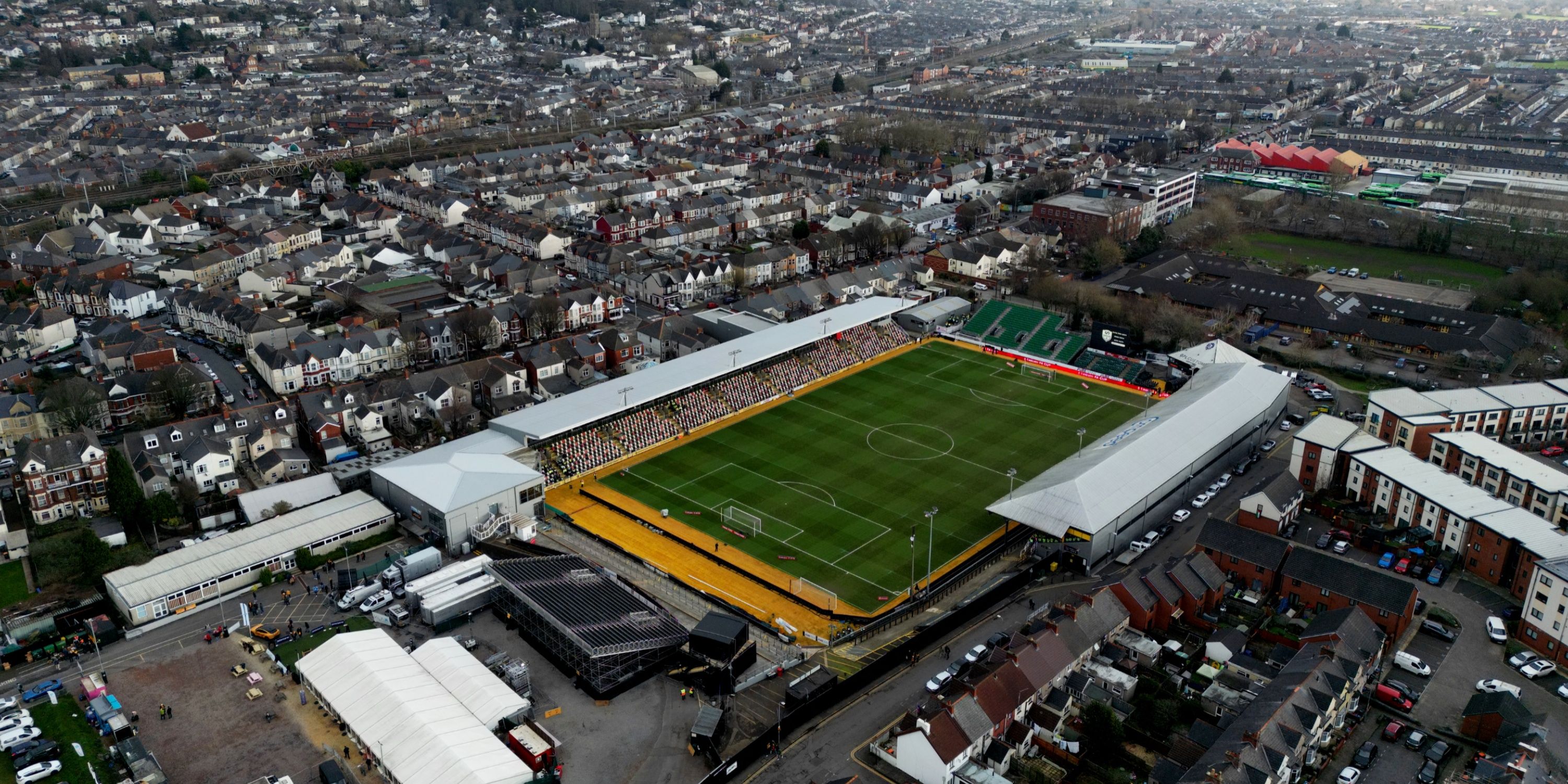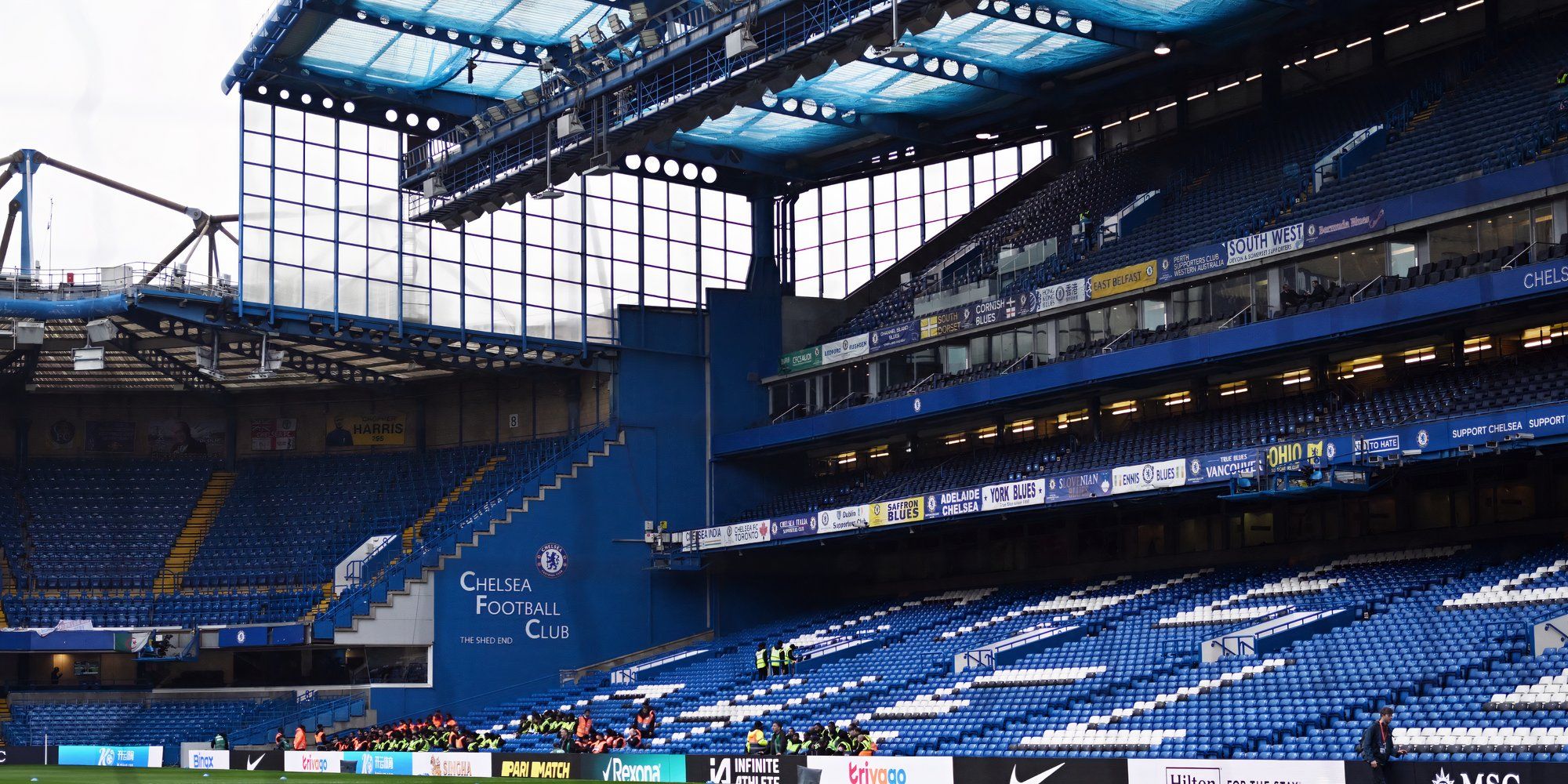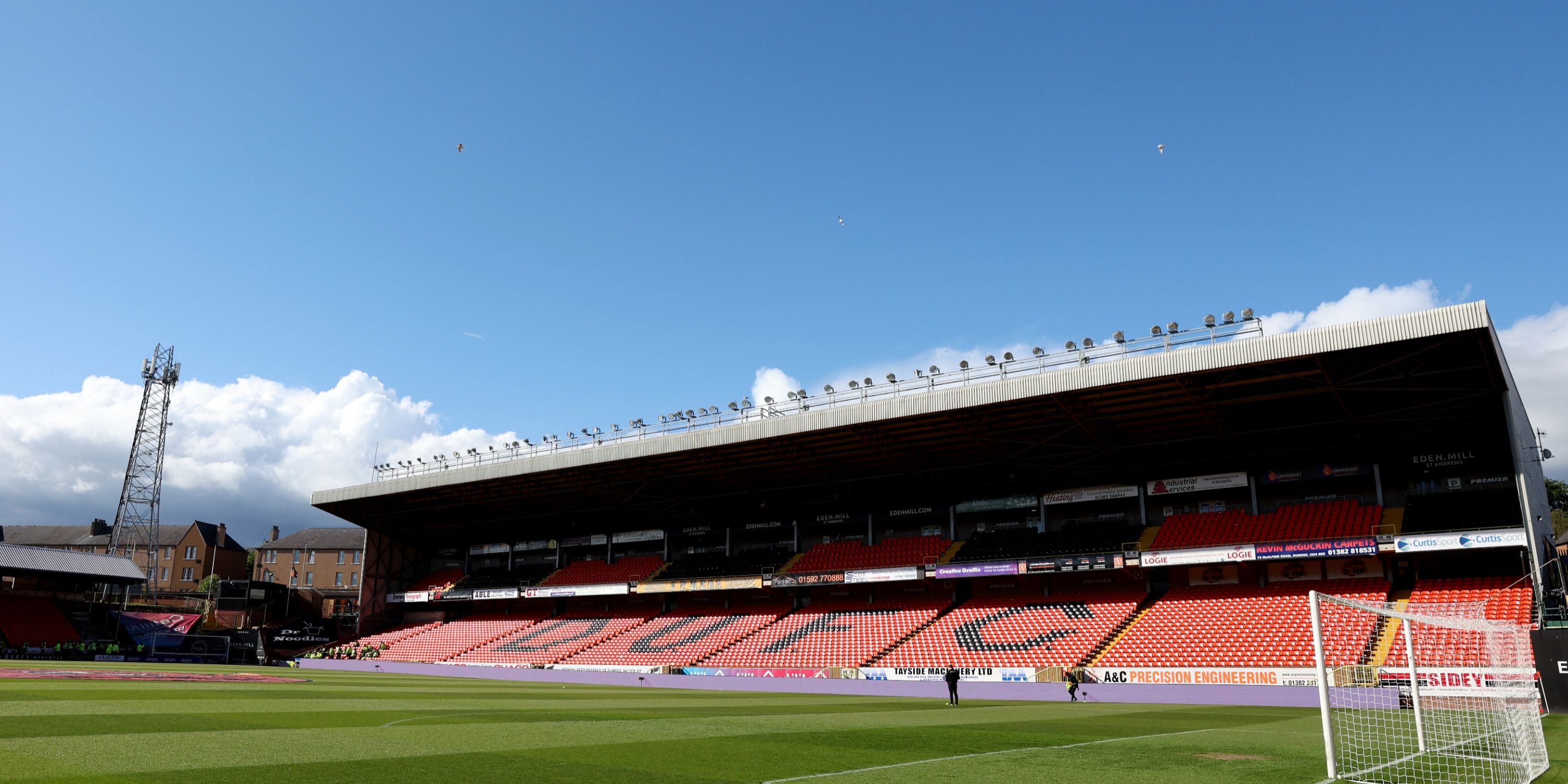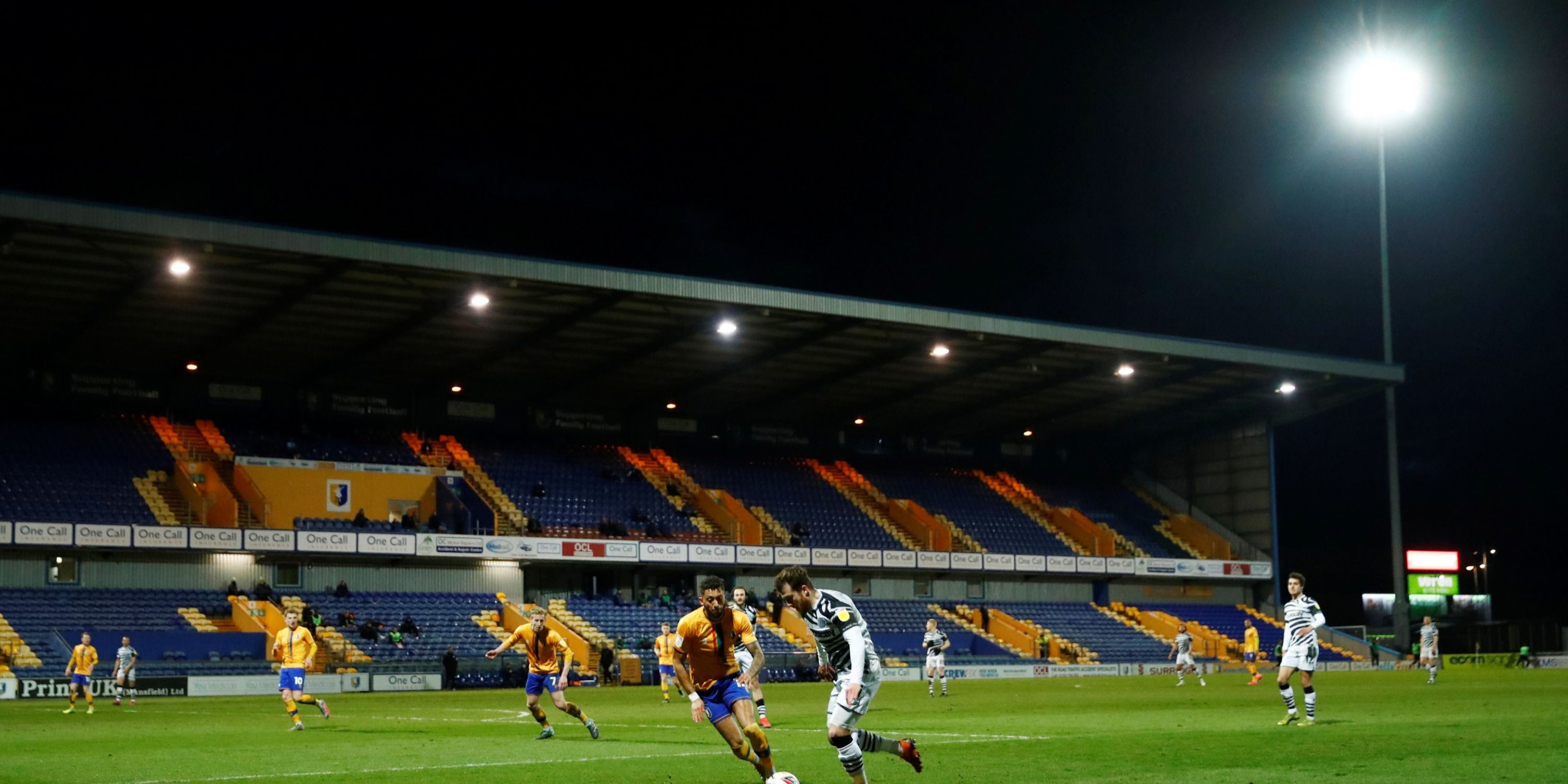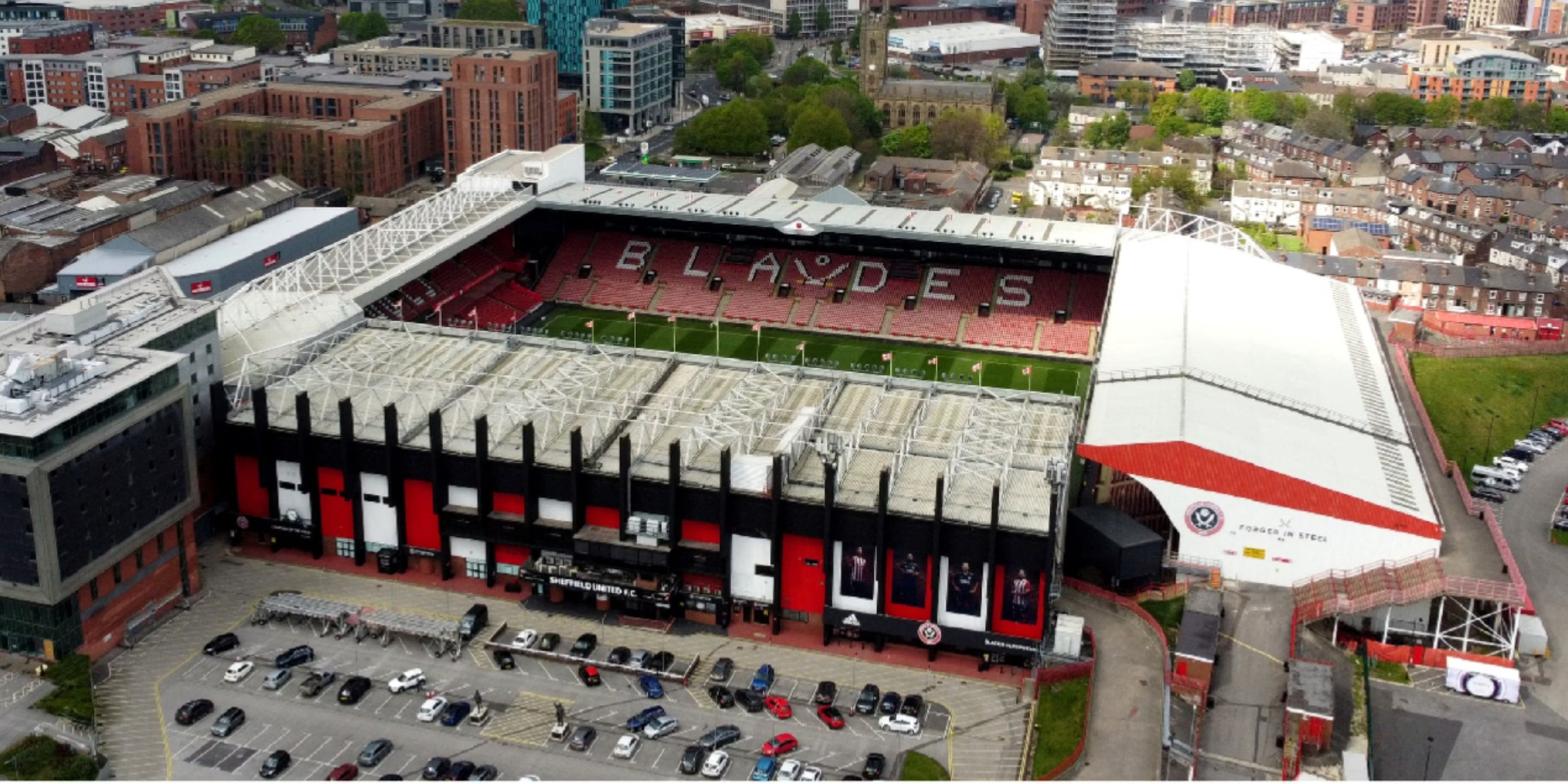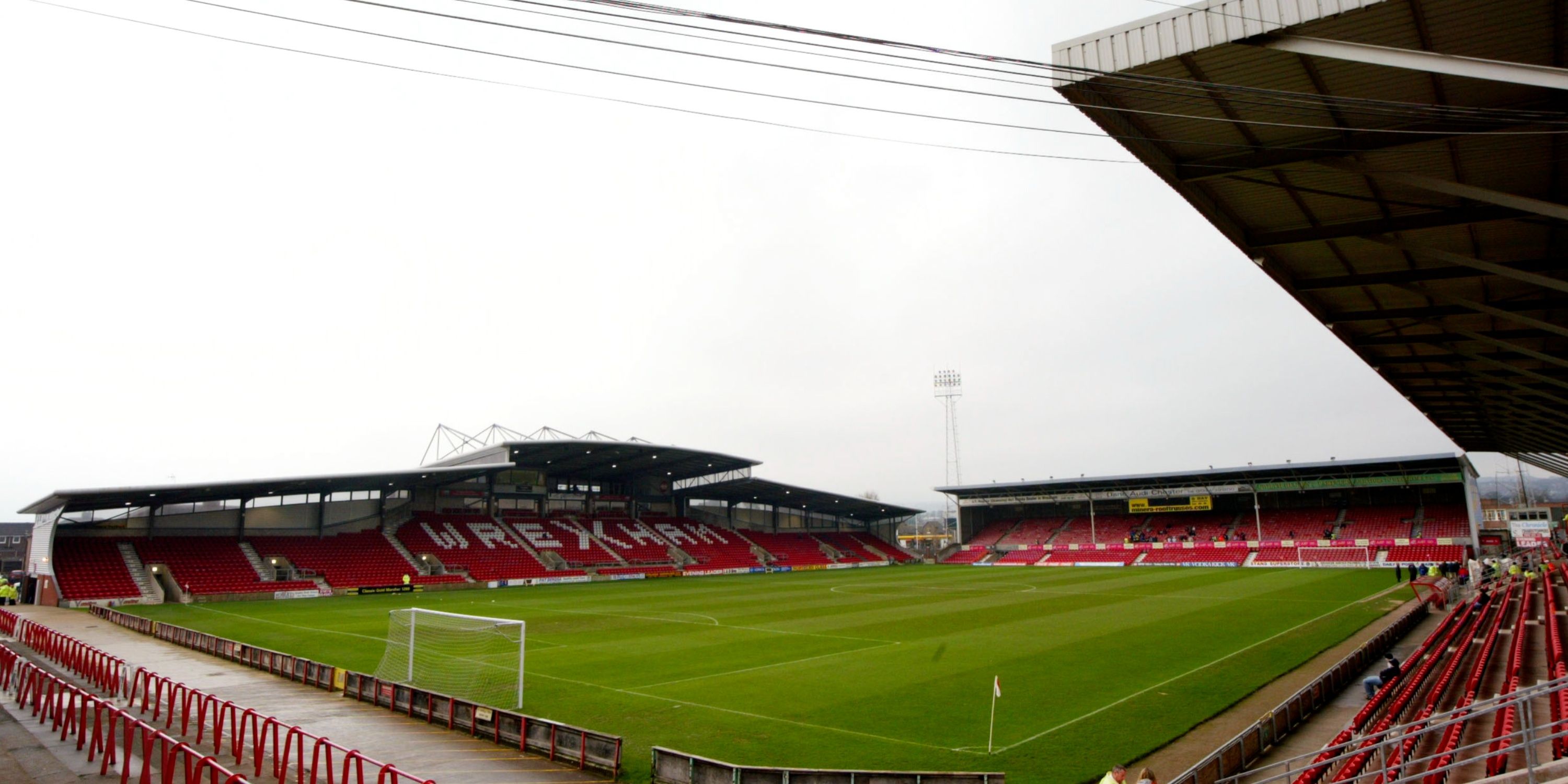Key Takeaways
- Britain is home to some of the most historic and iconic football grounds in the world – with some being well over 100 years old.
- Liverpool’s Anfield is one of the oldest stadiums in the UK, being constructed in 1884.
- Stamford Bridge, built in 1877, has undergone significant changes, evolving with Chelsea’s success and Roman Abramovich’s ownership.
Football has a long history in Great Britain and has entrenched itself at the forefront of the nation’s collective sporting psyche over the last couple of hundred years or so. That storied relationship with the sport is reflected particularly well through stadiums that were built over a century ago and yet have survived to the modern era.
Some of the most iconic venues for football in the United Kingdom today were constructed well over a century ago. Several famous stadiums are among the oldest in Britain. That said, we have picked out the 10 oldest and ranked them in order.
|
10 oldest Stadiums in British Football |
||
|---|---|---|
|
Rank |
Stadium |
Built In |
|
1 |
The Racecourse Ground |
1801 |
|
2 |
Bramall Lane |
1855 |
|
3 |
Field Mill |
Pre-1861 |
|
4 |
Tannadice Park |
1870 |
|
5 |
Stamford Bridge |
1877 |
|
6 |
Rodney Parade |
1877 |
|
7 |
Deepdale |
1878 |
|
8 |
Ewood Park |
1882 |
|
9 |
Turf Moor |
1883 |
|
10 |
Anfield |
1884 |
10 Anfield (Liverpool)
Built 1884
Anfield is one of the most famous stadiums in the world, let alone Great Britain – but it is also one of the oldest, with construction on Liverpool‘s grand old ground finishing 140 years ago.
The iconic stadium has produced some truly spectacular moments in recent memory, such as the Reds’ Champions League comeback against Barcelona during the 2018/19 season, and the electric atmosphere generated on European nights is renowned across the sport, as is the regular renditions of Liverpool’s famous song “You’ll Never Walk Alone”.
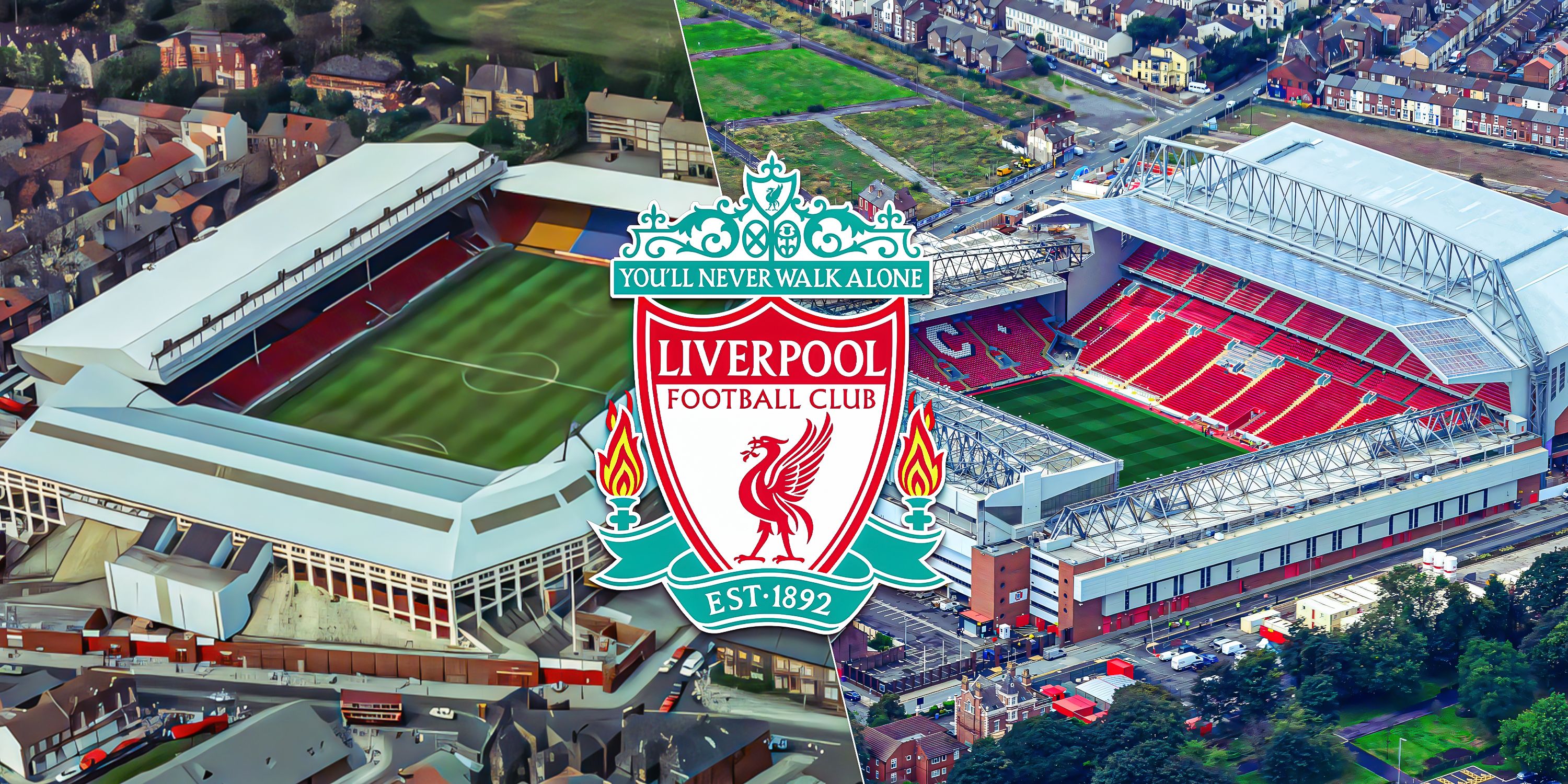
Related
The History of Liverpool’s Anfield Stadium (Complete Guide)
Anfield has been the home of Liverpool FC since 1892. But what are the origins of the stadium?
Such legendary levels of atmosphere are not built overnight. It is a testament to the power of sticking with a stadium over several generations – a club of Liverpool’s considerable resources surely have had many opportunities to relocate to a shiny new ground, but sticking with Anfield has brought plenty of benefits on the field.
9 Turf Moor (Burnley)
Built 1883
Before Turf Moor – as fans know it today – was built in 1883, the site was used by Burnley Cricket Club for roughly 40 years. It eventually became the home of the football club, which has used it for an unbroken stretch since its construction.
Just three years after it was built, the stadium became the first football ground to host a member of the royal family during a friendly clash with Bolton Wanderers, for which Prince Albert Victor was in attendance.

Related
‘I was Burnley Chairman – We Blew Chance to Land Chelsea Legend with £60 Offer’
The Clarets missed out on a future Champions League winner and Premier League icon.
Turf Moor’s historical significance does not end there. In 1888, it played host to a fixture on the opening day of the first-ever Football League season, with Preston North End – who were eventually crowned undefeated league champions – beating Burnley 5-2.
8 Ewood Park (Blackburn Rovers)
Built 1882
Ewood Park, as it is now known, was initially given a different name upon its construction in 1882 – Ewood Bridge. The ground was used for a variety of sporting events during the 1880s but became primarily used for football when Blackburn Rovers occupied it more permanently in 1890, purchasing the ground outright in 1893.
A great deal of work has been done on the ground over the decades, including a dramatic redevelopment in the early 1990s after Jack Walker purchased the club, including new stands and increased seating capacity. The work was completed in 1994 and the first match at the newly renovated ground was marked with a 7-0 victory over Nottingham Forest.
7 Deepdale (Preston North End)
Built 1878
Deepdale may only be the seventh-oldest stadium on this list, but it is likely the ground that has seen the longest continuous use by one football club, with the venue opening in 1878 specifically for Preston North End’s use – and the club have never left or been forced to move elsewhere for any reason.
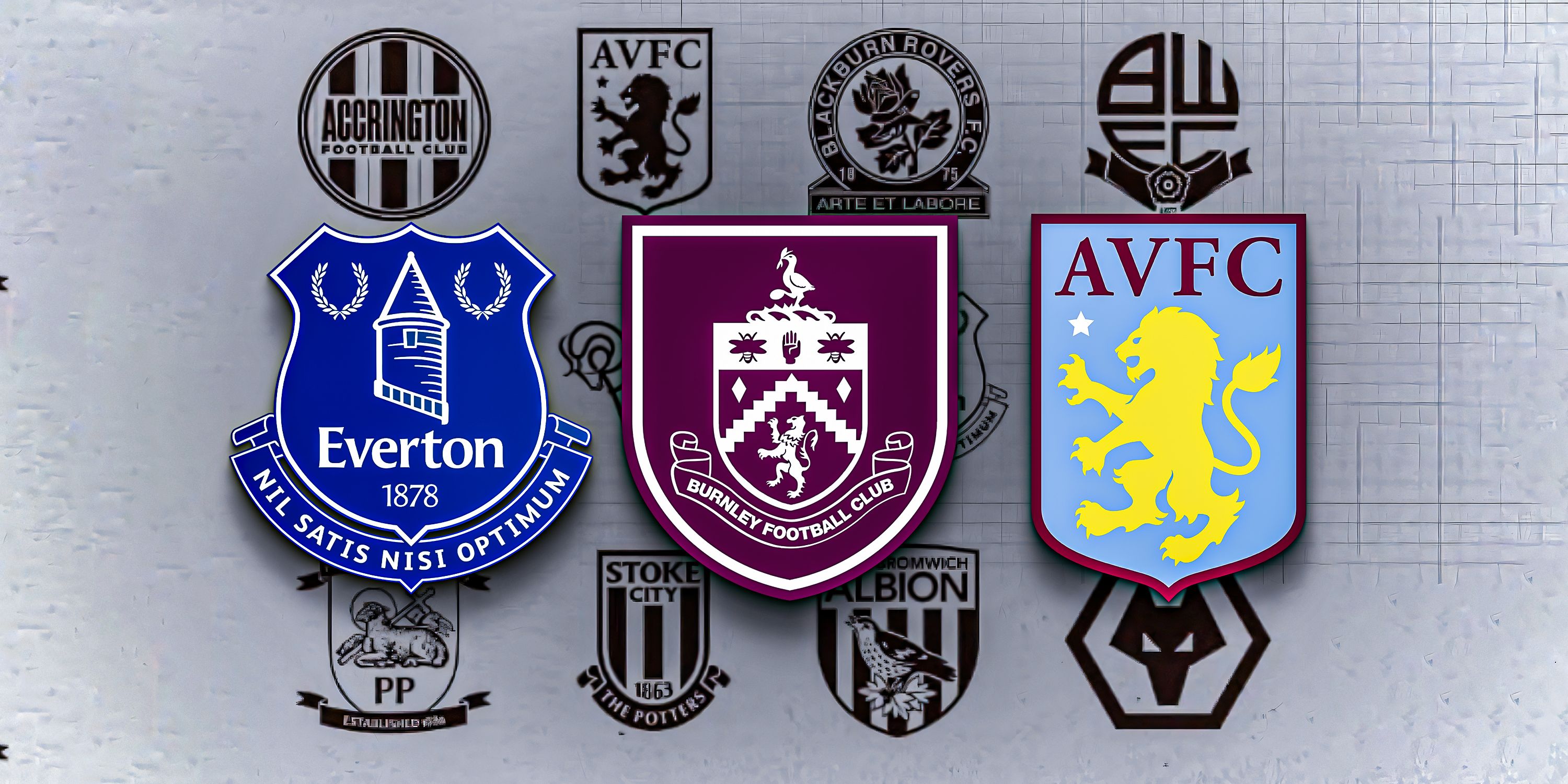
Related
12 Founding Members of the English Football League
In 1888, 12 teams started English league football as we know it. Here’s each historic club that was involved.
It features a statue of Sir Tom Finney outside the stand named after the man himself, who spent 20 years at the club between 1940 and 1960, making well over 400 appearances for Preston and scoring over 200 goals.
6 Rodney Parade (Newport County)
Built 1877
Rodney Parade is primarily the home of rugby union side Dragons RFC, who share it with Newport County, presently of League Two. The football club have occupied the ground since 2012, relocating from their previous Newport Stadium. Rodney Parade was the first stadium in Wales to feature floodlights, which were installed in 1879, two years after the ground was built.
It is one of the most active grounds in Britain across multiple sports, with even squash a regular sight at the stadium, which features four separate courts.
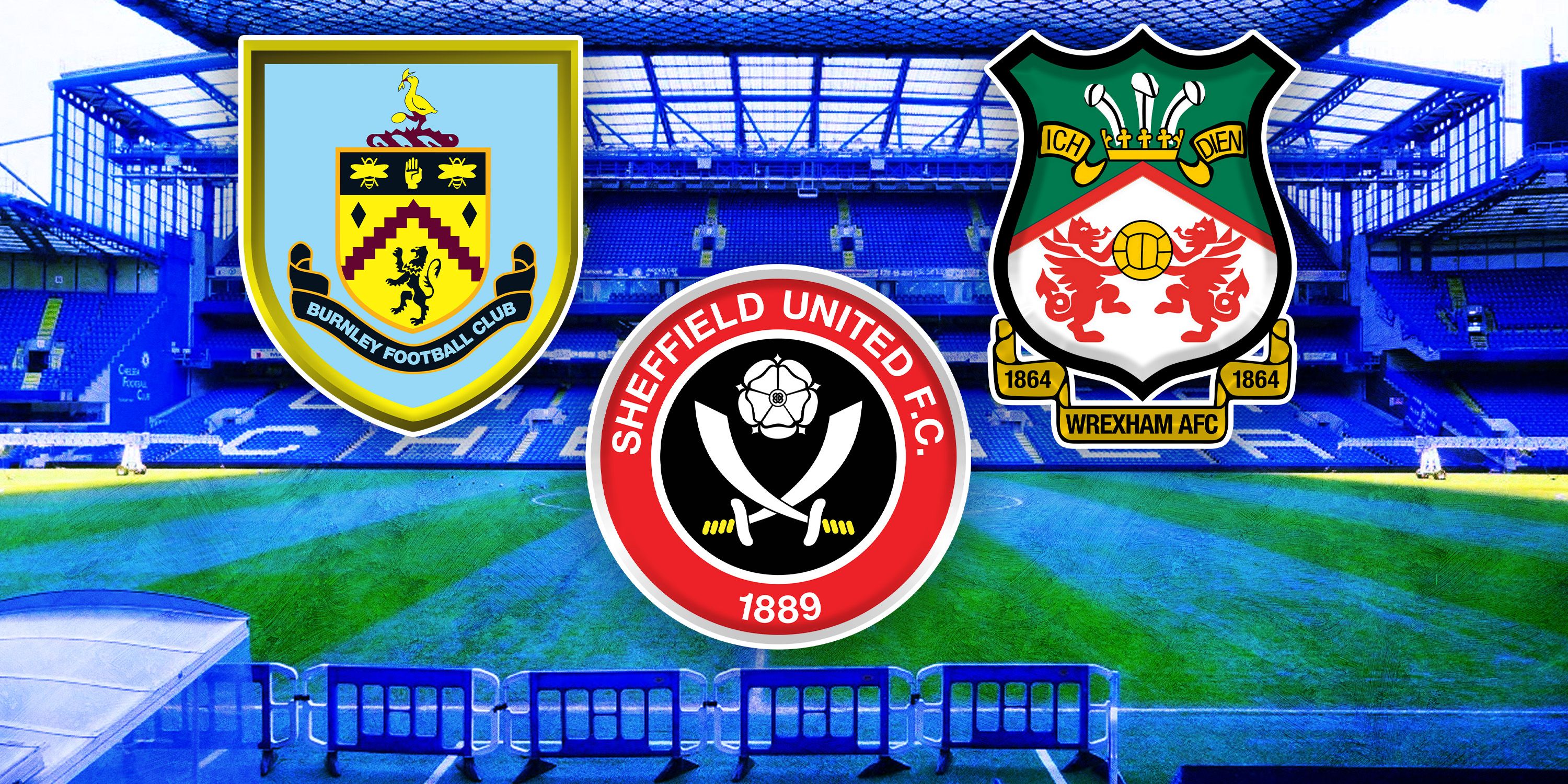
Related
9 Oldest Stadiums in World Football (Ranked)
Many clubs now have stadiums with modern facilities, but some have stayed at their original homes.
5 Stamford Bridge (Chelsea)
Built 1877
Stamford Bridge has undergone a great deal of change since it was built in 1877. It was originally designed as an oval for athletics events, but Chelsea became permanent residents in 1905 and its focus shifted primarily towards hosting the football club, with major structural changes occurring over the years as it morphed into the ground it is today.
The stadium’s prominence changed in line with the fortunes of its occupants, who were catapulted into prominence following Roman Abramovich’s purchase of the club, simultaneously saving them from financial ruin and injecting enough capital to turn the Blues into consistent title challengers.
4 Tannadice Park (Dundee United)
Built 1870
Tannadice Park holds the honour of being the oldest stadium in Scotland, being built in Dundee in 1870. For almost the first four decades of its existence, however, it was known by a different name – Clepington Park – which was changed in 1909.
That change of name coincided with Dundee United – who were then founded as Dundee Hibernian – occupying the ground following the club’s creation. Dens Park – home of United’s rivals, Dundee FC – is located just 200 yards away, making the two the closest football grounds in the United Kingdom.

Related
Local Football Derbies Ranked by Distance Between Stadiums
The distance between some clubs’ stadiums is so small they can see one another whilst playing.
3 Field Mill (Mansfield Town)
Built pre-1861
Mansfield Town’s Field Mill ground is one of the oldest stadiums in Britain, though there is some debate as to exactly how old it is. It has certainly hosted football matches since at least 1861, though there are some reports that the ground was built even earlier than that.
Mansfield Town adopted the stadium in 1919, though they were not the first football club to occupy the ground, with an outfit called Mansfield FC – the result of a merger including an unrelated team with the name Mansfield Town – doing so in 1894.
2 Bramall Lane (Sheffield United)
Built 1855
Few grounds anywhere in the world can match the history of Sheffield United’s Bramall Lane, which has stood in place since 1855. The stadium hosted the world’s first football tournament final – a now-defunct competition called the Youdan Cup – the first floodlit match and has been home to the Blades since the club was founded in 1889.
It was also used, for a time, by United’s local rivals Sheffield Wednesday, then called “The Wednesday FC”. Before its use by Sheffield United and its conversion into a primarily football-focused ground, its main purpose was for cricket, not hosting its first football match until 1862.
1 The Racecourse Ground (Wrexham)
Built 1801
As the name suggests, The Racecourse Ground was initially built – over two centuries ago, in 1801 – for the purposes of horse racing events. However, it now hosts AFC Wrexham, the football club owned by Hollywood pair Ryan Reynolds and Rob McElhenney.
It is one of the oldest sports venues of any kind still active today and is the oldest football stadium to still host international games, with more Wales international matches played at this ground than any other.
3:26
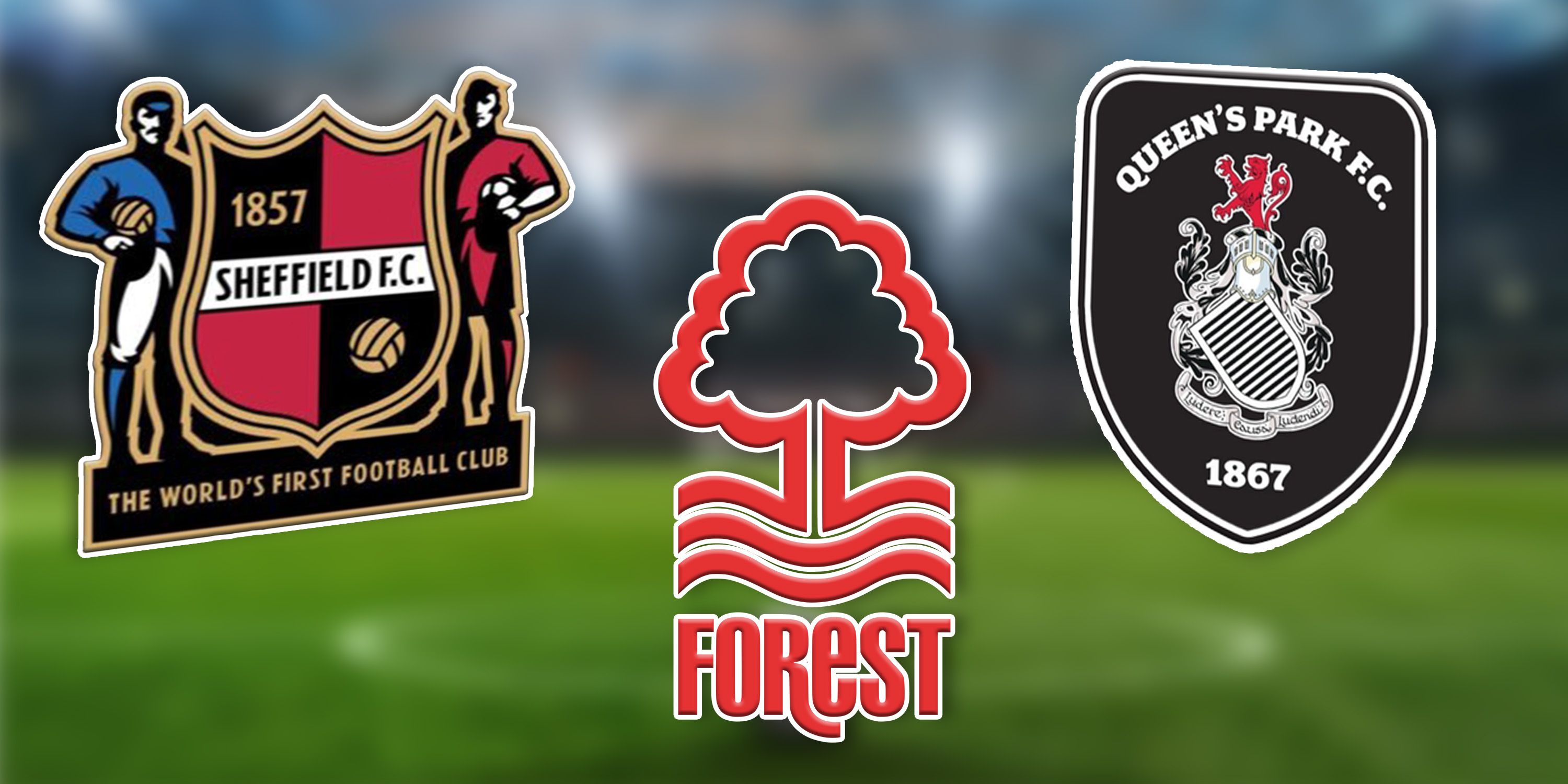
Related
12 Oldest Football Clubs in the World (Ranked)
Football has been played in Britain since the 1850s.
Before Wrexham’s founding in 1864, The Racecourse Ground hosted cricket games as well as horse racing events. In the modern era, it has also seen rugby league and rugby union games, as well as concerts.
Information courtesy of Colossus. Correct as of 08-11-24.



